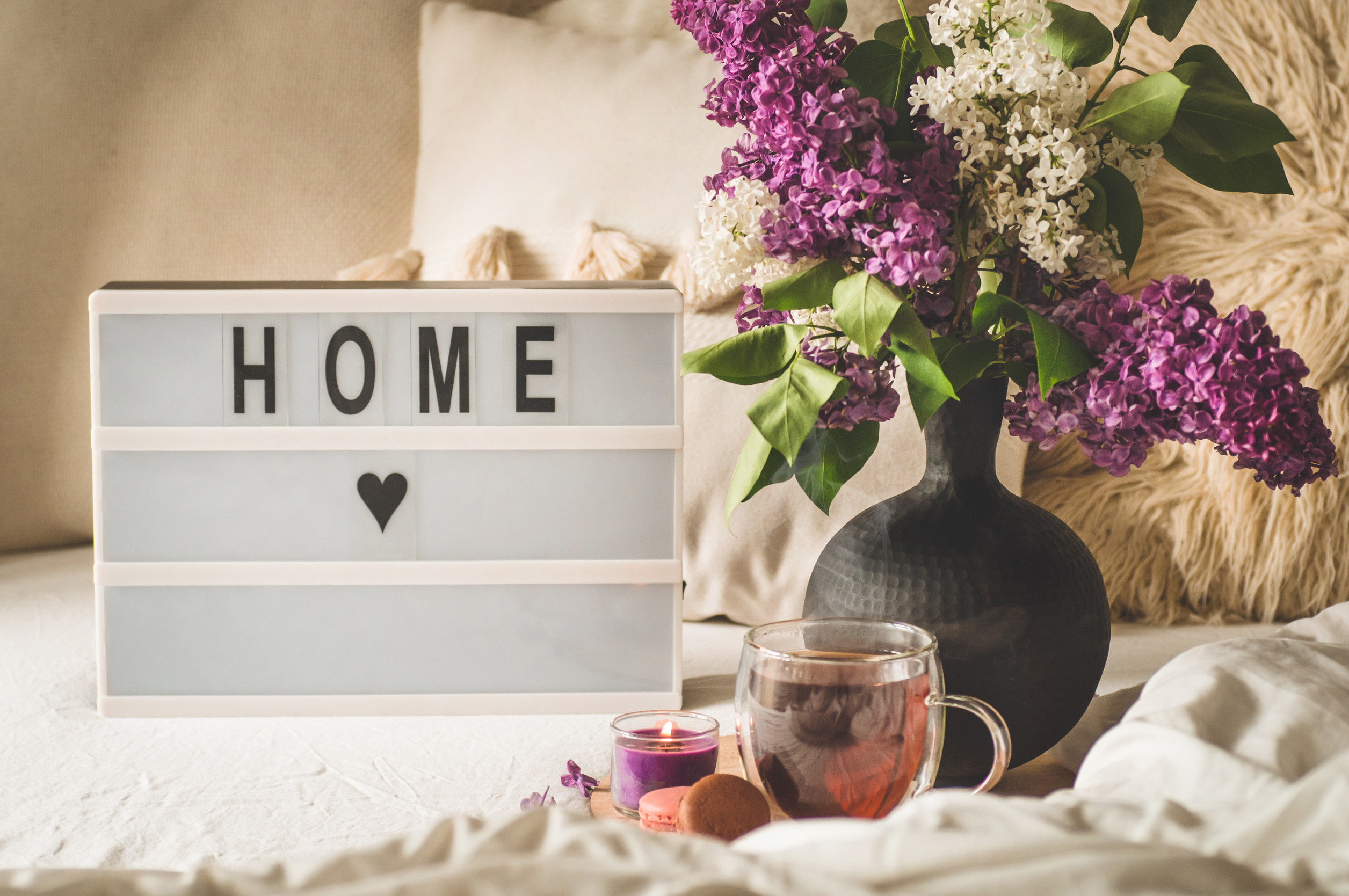Home should feel like a sanctuary, a safe haven where the mind can unwind. But certain home decor trends, no matter how stylish or Instagram-worthy, can quietly affect mental health. Psychologists have long studied how environments influence behavior, emotion, and overall well-being.
Subtle design choices—from the colors on the wall to the layout of furniture—can shape mood, productivity, and stress levels. What might seem like a simple aesthetic decision could actually be contributing to anxiety, distraction, or even burnout.
1. All-White Interiors Can Trigger Anxiety
At first glance, all-white spaces feel clean and calming, often associated with minimalism and modern elegance. But psychologists argue that too much white creates a sterile environment that lacks emotional warmth. Without visual contrast or texture, these spaces can feel cold, impersonal, and even clinical, much like a hospital room. The mind can become overstimulated by the brightness or, paradoxically, under-stimulated by the lack of sensory engagement. Over time, this can subtly increase tension, making it harder to relax or feel at home.
2. Open Floor Plans Increase Stress Levels
Open floor plans are popular for their spaciousness and flexibility, but they also come with hidden psychological costs. The absence of defined boundaries between spaces can make it difficult for the brain to compartmentalize activities, such as work and rest. Constant exposure to every part of the home can overwhelm the senses and reduce privacy, leaving residents feeling mentally scattered. Research shows that people are more likely to feel fatigued in homes without clear zoning. Having no physical walls can translate into mental clutter that is hard to escape.
3. Harsh Lighting Disrupts Sleep and Mood
Lighting does more than brighten a room—it directly impacts brain chemistry and circadian rhythms. Bright, cool-toned LEDs or fluorescent lights, which mimic daylight, can over-activate the brain and suppress melatonin production. This leads to difficulty falling asleep, mood swings, and higher irritability, especially if used late into the evening. Dim, warm-toned lighting is more aligned with the body’s natural rhythms and promotes calmness and restfulness. Psychologists caution against relying on overhead lighting alone, recommending layered lighting to create balance.
4. Oversized Furniture Shrinks Emotional Space
Large, bulky furniture is often chosen to make a bold statement or increase comfort, but it can have the opposite psychological effect. When furniture dominates a room, it reduces the sense of open space and can cause feelings of confinement. This spatial overcrowding may lead to subconscious stress or even social discomfort during gatherings. The brain thrives in environments that offer breathing room and visual clarity. Pieces that overwhelm a space disrupt that balance and can make a home feel less inviting.
5. Industrial Design Can Numb Emotional Warmth
Raw concrete, exposed pipes, and dark metallic tones define the industrial aesthetic, but they can unintentionally dull the emotional connection. Psychologists find that these elements can evoke a sense of isolation or detachment, often associated with urban coldness. Without balancing textures—like soft textiles, warm lighting, or natural materials—the style may feel more like a warehouse than a home. The result is a reduced sense of coziness and security, which can impair relaxation. Environments that lack softness can leave the nervous system on high alert.
6. Mirrors Everywhere May Increase Self-Consciousness
While mirrors are used to enhance light and create a sense of space, they also serve as constant visual feedback. Psychologists warn that being surrounded by reflections can heighten self-awareness in unhealthy ways. People are more likely to become preoccupied with appearance or body image when mirrors are present in multiple rooms. This can contribute to anxiety, especially for those already prone to self-scrutiny. A reflective surface should enhance—not dominate—the design, allowing the focus to remain on living rather than observing.
7. Overly Trendy Decor Fuels Comparison and Restlessness
Following the latest design fads might seem fun and modern, but it can actually create long-term discontent. Spaces that constantly shift with new trends can prevent a sense of emotional stability or permanence. Psychologists note that homes filled with trendy decor can make people feel like they’re always chasing something, never quite “done.” This lack of grounding increases anxiety and fosters a culture of comparison, especially through social media. A home should reflect personal identity, not public expectation.
8. Cluttered Walls Overwhelm the Brain
Gallery walls, statement art, and abundant shelving can feel expressive, but they also crowd the visual field. The brain is wired to scan for order, and when presented with too much visual information, it experiences cognitive overload. Psychologists highlight that overstimulation from cluttered walls can reduce focus and lead to chronic mental fatigue. Even items that are beautiful individually may create chaos when viewed together. Simplicity and thoughtful spacing help restore mental clarity and peace.
9. Monotone Color Schemes Create Emotional Flatness
Neutrals are timeless, but when used exclusively, they can flatten emotional experience within a space. Psychologists emphasize that the human mind craves variety in hue and tone for stimulation and mood regulation. Without accent colors or dynamic contrasts, rooms can feel emotionally flat or even depressing. Warm tones evoke comfort and passion, while cool tones promote relaxation—both are necessary for emotional balance. A monochromatic environment often leads to emotional numbness rather than tranquility.
10. Absence of Nature Elements Drains Psychological Energy
Biophilic design—the integration of natural elements into indoor spaces—has been shown to reduce stress, increase creativity, and promote mental well-being. When homes lack greenery, wood textures, or views of nature, they often feel disconnected from the outside world. Psychologists explain that this disconnection can elevate cortisol levels and reduce emotional resilience. Nature helps regulate breathing, heart rate, and mood through subtle environmental cues. A decor style that shuts out natural elements risks slowly depleting the mental energy of those living in it.
The Psychological Impact of a Home Cannot Be Ignored
Design isn’t just about aesthetics—it’s a language that speaks directly to the brain. While many trends promise sophistication, minimalism, or boldness, they may come at the cost of emotional well-being. Psychologists continue to study the ways our surroundings affect our thoughts, feelings, and even physical health. By becoming more aware of how design choices influence mental states, people can create homes that support—not sabotage—their inner peace. A home should comfort the soul as much as it pleases the eye.
What do you think about these trends? Have you ever felt off in a room without knowing why? Add your thoughts or share your experiences in the comments below.
Read More
9 Home Design Choices That Attract Burglars Instantly
5 Interior Design Mistakes That Make Your Home Look Cheap


